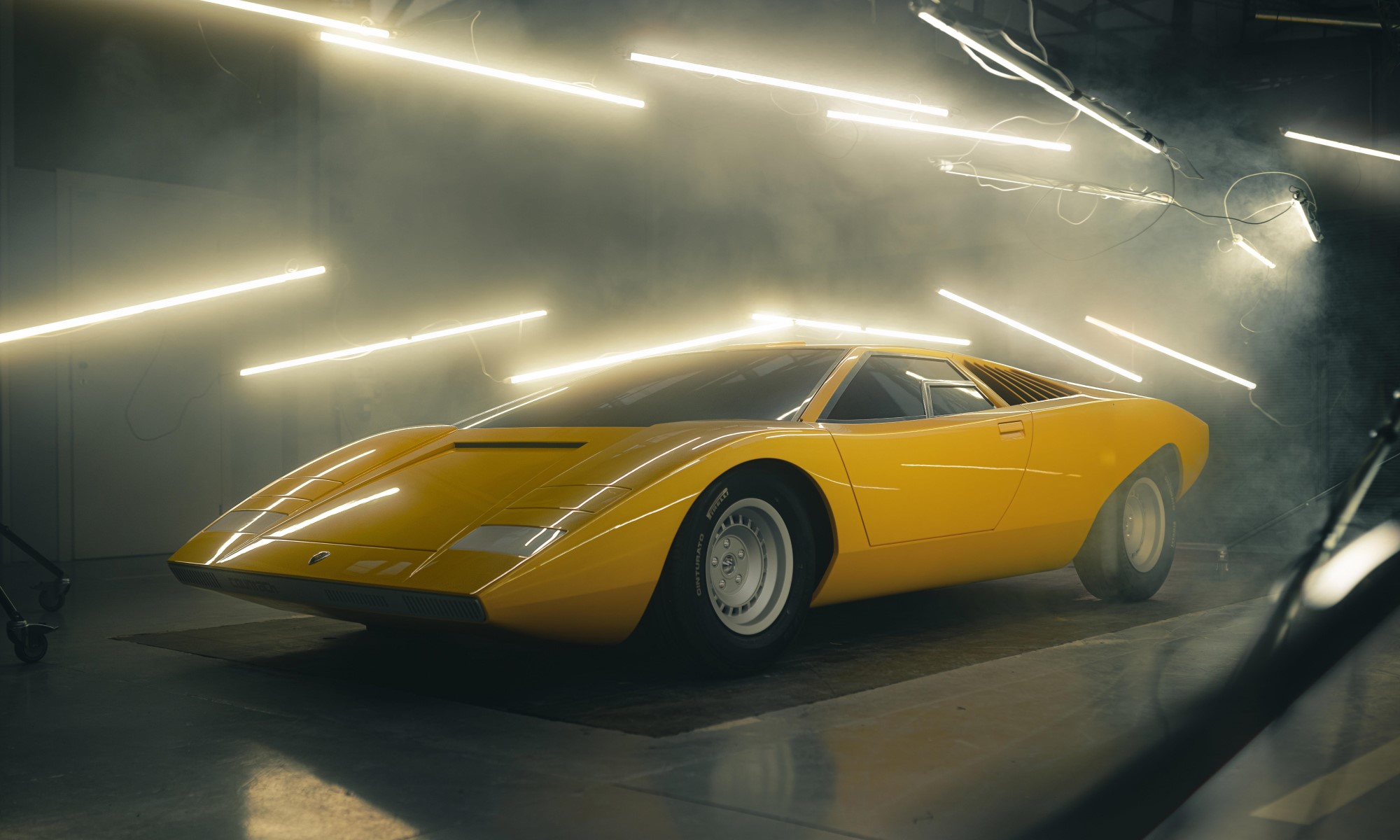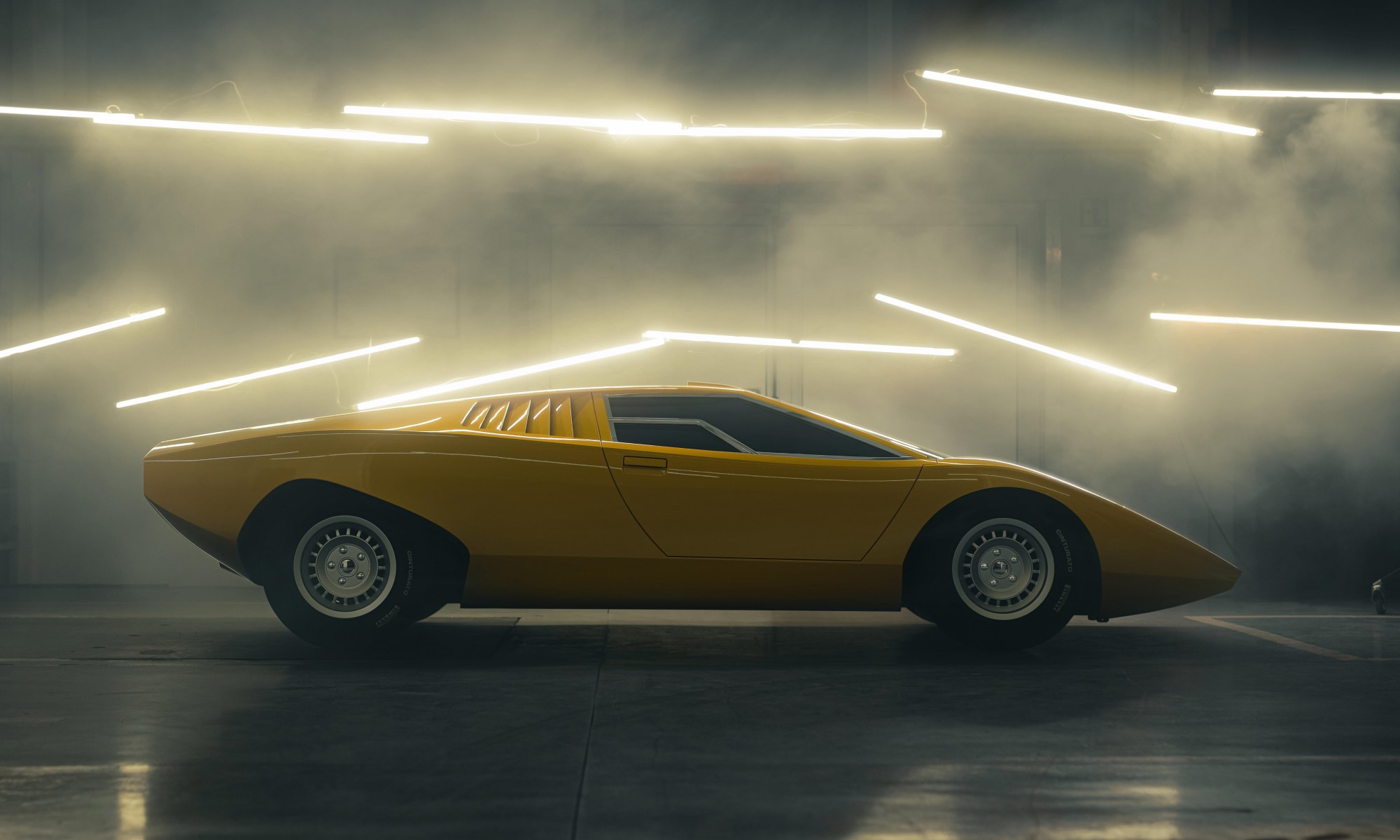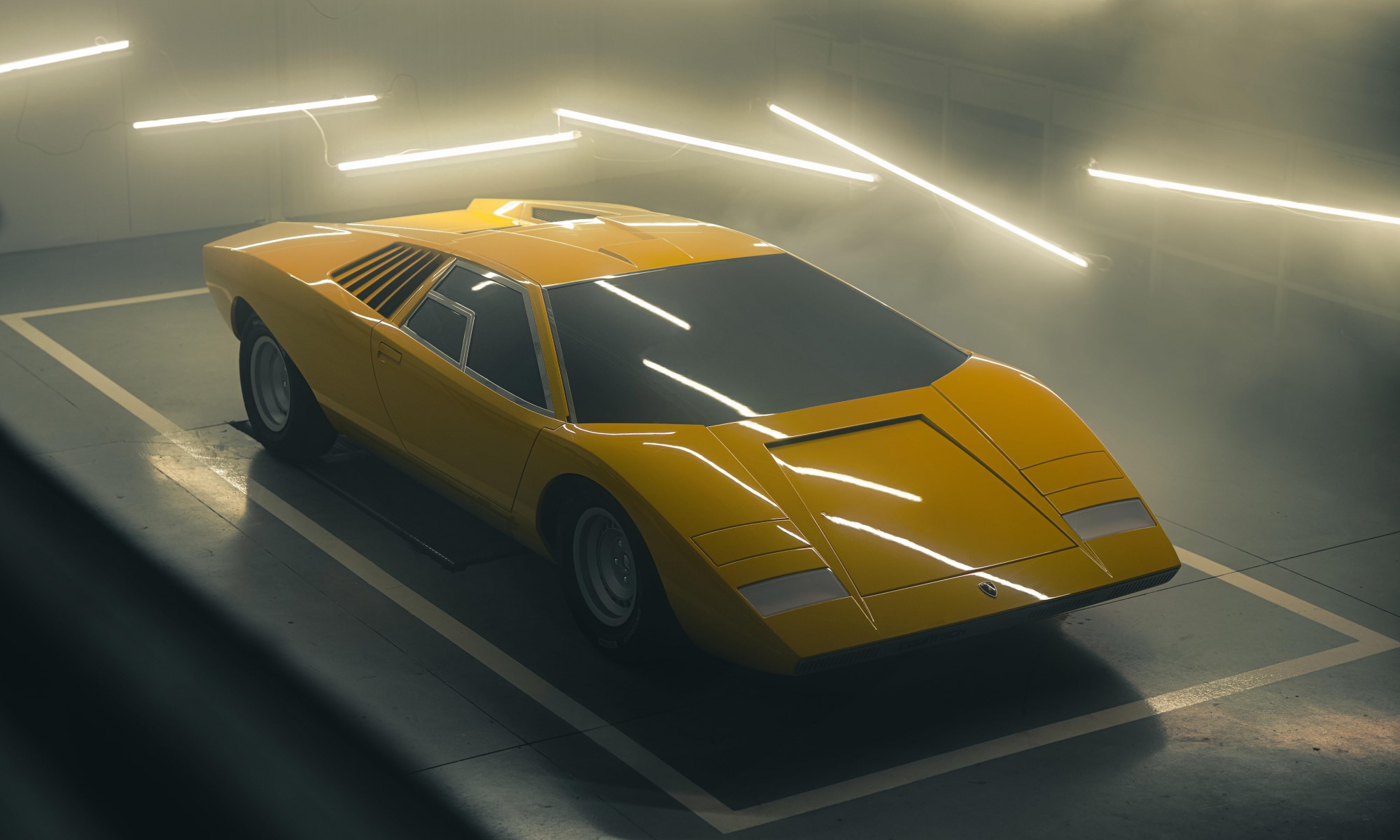In 1971 Lamborghini wowed the world with a jaw-dropping supercar called the Countach. And now we get to relive the drama of that original as the Countach LP500 Concept has been faithfully recreated by Lamborghini. The car will be shown in the concept car class at the upcoming Concorso d’Eleganza Villa d’Este.
Follow Double Apex on Facebook and Instagram, where we share more car content.
“The Countach reinvented high-performance cars,” said Stephan Winkelmann, Chairman and CEO of Automobili Lamborghini, “and it became an icon in terms of stylistic language that even today, after decades, still inspires contemporary Lamborghinis. Bringing the reconstruction of the first Countach to the concept class of the Concorso d’Eleganza Villa d’Este, in the year we are celebrating the 50th anniversary of this model, is something extraordinary because it allows us to admire the legendary 1971 LP500 in person for the first time in so many years.”
Order from our online store and take advantage of free delivery in South Africa on orders over R349.
50th anniversary
It’s difficult to comprehend that the Countach, a poster of which adorned the walls of so many petrolheads growing up, is now 50 years old. The Countach LP500 Concept was first shown at the Geneva Motor Show in March of 1971. After three years of development, the LP 500 was sacrificed in crash tests in March 1974 and then disappeared.
Check out the modern-day Countach that was launched to celebrate 50th anniversary.
The Countach LP500 Concept was created at the behest of a classic car aficionado and Lamborghini customer. This painstaking task was undertaken by Lamborghini Polo Storico, in-house division that is responsible for restorations of classic models.
Back to square one
Polo Storico spent months acquiring all the materials available and undertaking an in-depth analysis. “The collection of documents was crucial,” underscored Giuliano Cassataro, head of Service and Polo Storico. “There had been so much attention paid to all the details of the car, to their overall consistency and to the technical specifications.”
Photographs, documents, meeting reports, original drawings, and the memories of some of the staff involved in the LP500 Concept’s creation all contributed to making this recreation as close to original as possible. Even the tyres were reproduced by Pirelli similar to those of 1971, measuring 245/60R14 for the front and 265/60R14 at the rear.
Check out another masterpiece that was restored by the company’s in-house artisans at this link.
Hand made
A new platform was formed by Polo Storico and it has been covered by sheet metal that was formed the traditional Italian way, carried out by the “battilastra” ie by hand. For all the mechanical components, as in 1971, original Lamborghini spare parts or restored components of the time were used, or failing that, parts were completely rebuilt. There’s no word on where they sourced the V12 from, though the concept car most likely didn’t have an engine in it.
Learn four quirky Lamborghini facts at this link.
For the historical reconstruction part of the original design, Polo Storico turned to the Lamborghini Centro Stile. Mitja Borkert, head of design, set to work on a very challenging project. “The LP500 is of paramount importance to Lamborghini because it gave rise to the design DNA of all subsequent models.” said Mitja Borkert. “To arrive at the car that debuted in Geneva in 1971, a 1:1 scale styling model was developed, which along with the car itself was lost over time, but extensive photographic evidence of it remains. This is the same approach with which we decided to tackle the project. Starting from publications of the time, from images on homologation sheets and other material recovered from Polo Storico, we were able to reconstruct the mathematics necessary for creating the first 1:1 scale model. The biggest challenge was to create the exact volume of the car, and for this we used the opportunity to take a 3D scan of our LP 400 (chassis 001), which was an enormous source of information. It took us 2000 hours of work altogether to arrive at the final model, with lines that satisfied us. The exact same procedure was followed for the interior.”







![[UPDATED] Mazzei Formula Five Is One Man’s Obsession](https://doubleapex.co.za/wp-content/uploads/2024/08/Mazzei-Formula-Five-500x383.jpg)
![Ferrari Amalfi Introduced as Roma’s Replacement [w/video]](https://doubleapex.co.za/wp-content/uploads/2025/07/Ferrari-Amalfi-500x383.webp)
Leave A Comment